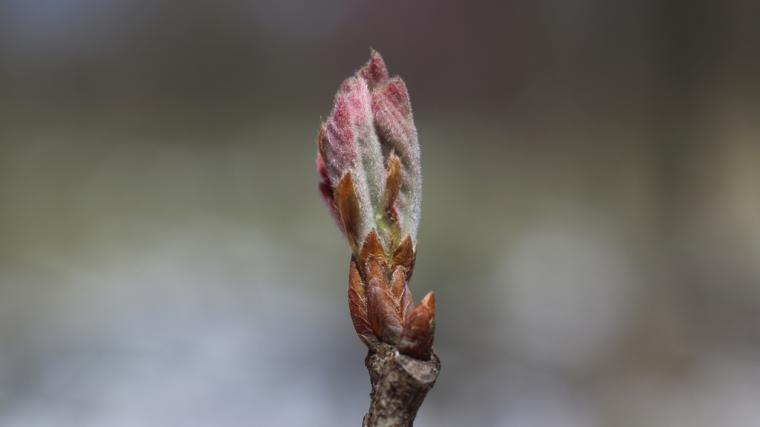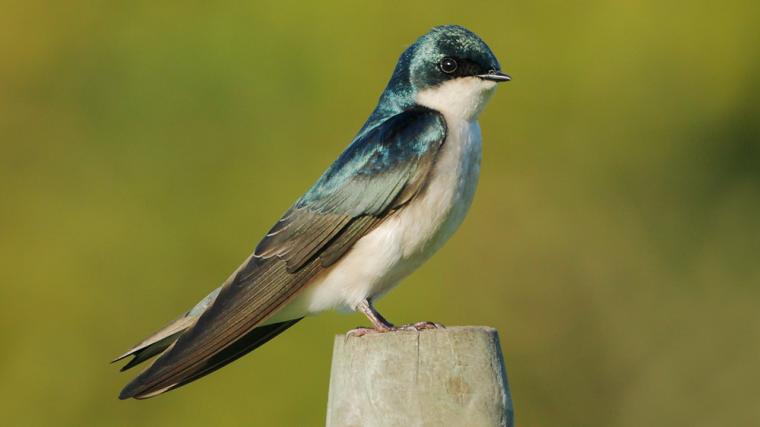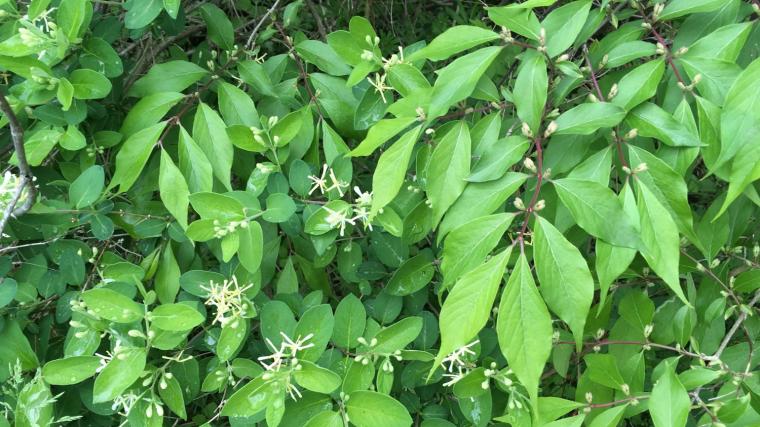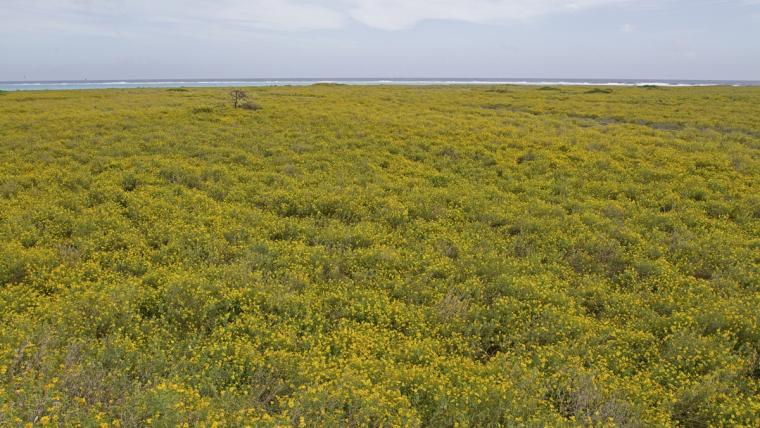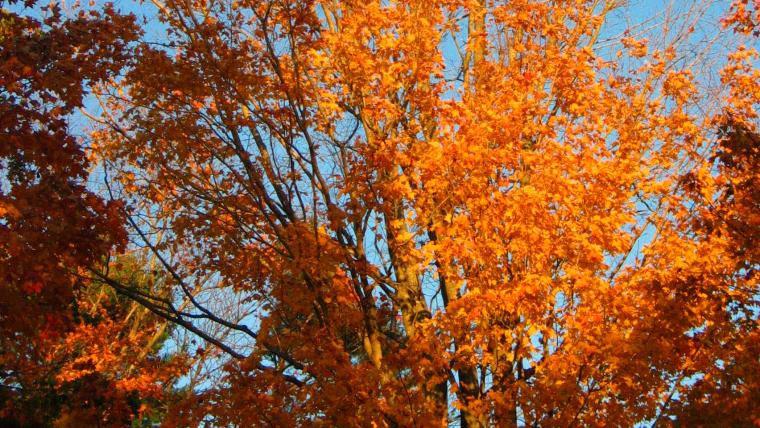
Urbanization causes later leaf fall in plants in cold regions, but not warm ones
Tue, Jan 25, 2022
The authors of a new study combined plant phenology observations contributed to Nature’s Notebook with two other phenology datasets and data products collected by satellite-borne sensors to estimate the timing of brown down of leaves (senescence) for 93 plant species across the United States and Europe. They then looked at the effects of human population density and temperature on the timing of leaf senescence and growing season length. The authors found that in cold regions, urbanization was associated with later leaf senescence and a longer growing season while in warm regions, urbanization was associated with earlier leaf senescence and a shorter growing season. As urbanization increases and temperatures warm further with climate change, we may see more areas that experience shorter growing season length.

